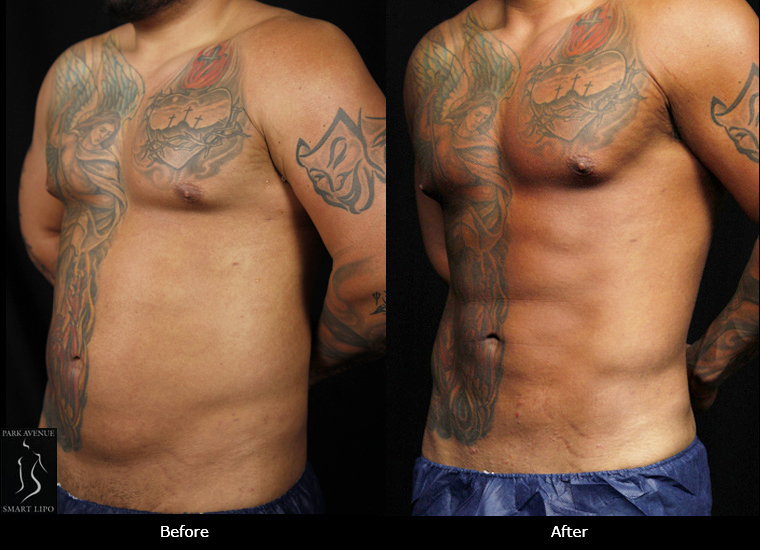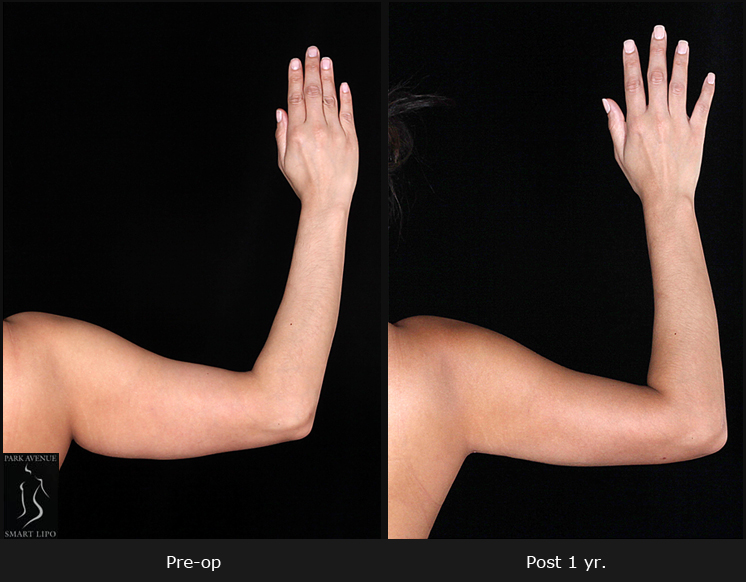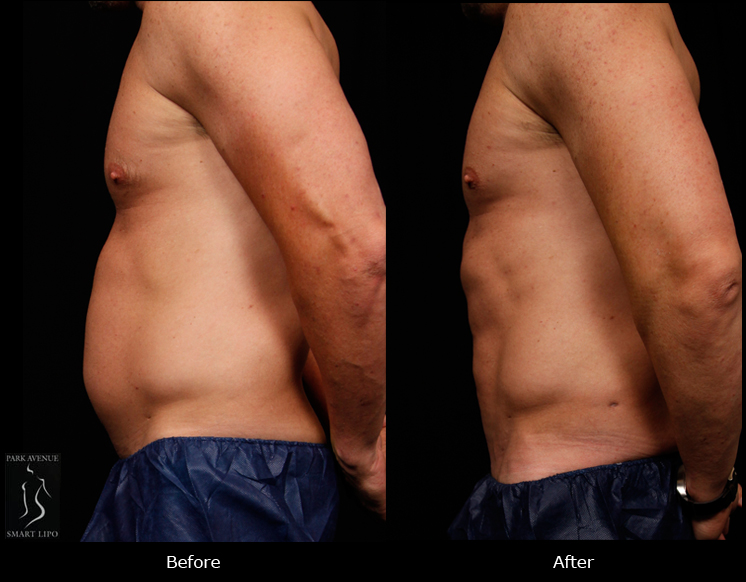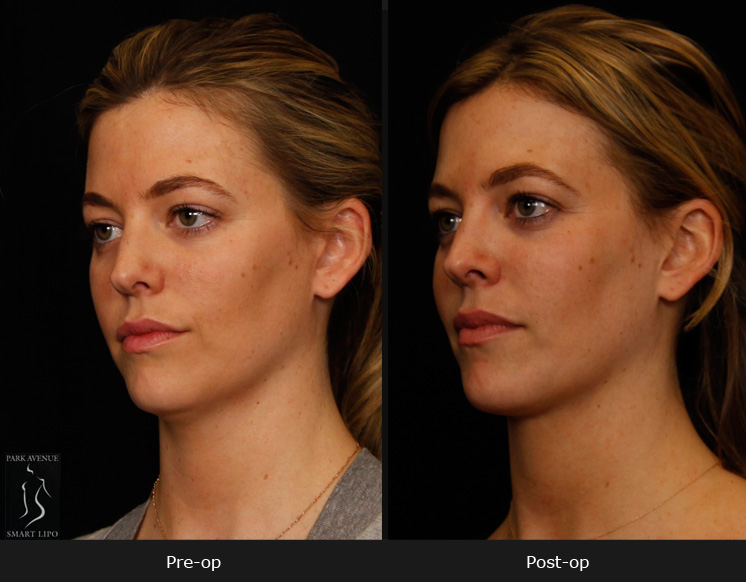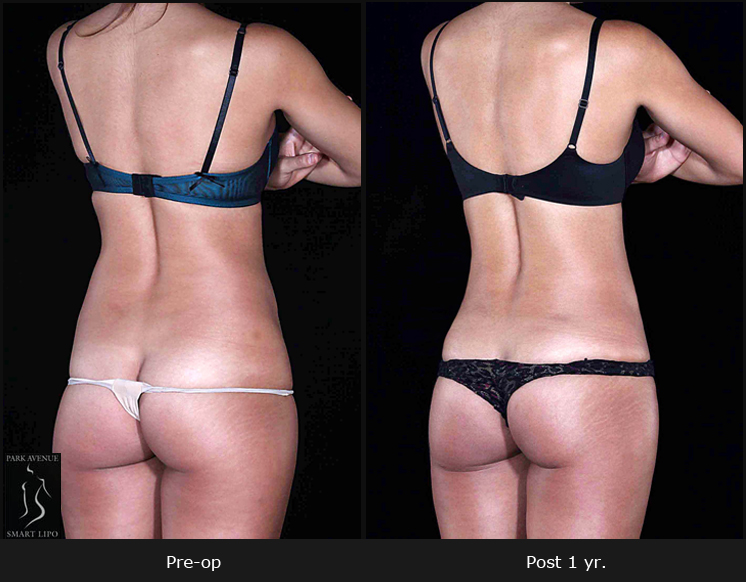Thigh fat or flabby thighs are a common aesthetic concern for women. The common reasons for the build-up of thigh fat are heredity, aging, pregnancy, weight gain and hormonal changes, and stress. Stubborn thigh fat is difficult to resolve even with strict diets and exercise, and can affect your overall appearance and restrict your clothing choices. Thigh liposuction in Manhattan is an effective way to get rid of stubborn thigh fat. Performed using the minimally invasive Smartlipo Triplex workstation, this laser liposuction procedure removes unwanted fat and helps you achieve slimmer, shapelier legs.
The FDA approved Smartlipo Triplex workstation is a minimally invasive device that features three laser wavelengths (1064nm, 1320nm and 1440nm) which work to liquefy the fat, coagulate the tissues, minimize bleeding, and tighten the skin. The procedure begins with the plastic surgeon numbing the treatment site using local anesthesia and making tiny incisions to insert the small cannula of the device. Laser energy is delivered directly to the fat cells, which liquefies them and allows them to be gently suctioned off. By directing the energy to the area beneath the surface of the skin, the technique also encourages collagen production, which results in a tighter, more toned appearance overall.
Key benefits of thigh liposuction include:
- Improves thigh contour and proportion
- Enhances the overall appearance of your legs
- Enables you to fit better in the clothes you like
- Makes you look younger and more athletic
Minimally invasive Smartlipo liposuction involves minimal scarring, swelling, bleeding, bruising and pain, short treatment time and downtime, faster healing, and speedy recovery. NYC plastic surgeons perform the procedure on an outpatient basis using local anaesthesia.
Though the procedure is minimally invasive, not everyone is a good candidate. To enjoy the benefits of Smartlipo liposuction of thighs, you should have unwanted pockets of fat in the inner/outer thighs, be close to ideal body weight and in good health, and have good skin tone and elasticity (your skin must have sufficient elasticity to take on the thigh’s new contours post-procedure, without appearing lax).
Since female hormones cause fat to deposit around areas such as the pelvis, buttocks, and thighs, women tend to seek thigh liposuction more than men. If excess skin is significant, a thigh lift may be the ideal option.
Depending on the amount of fat removed and the overall length of the procedure, the recovery time of every thigh liposuction patient will vary. Patients are usually advised to wear a compression garment for few weeks after the procedure to ease with swelling. Most patients get back to their normal activities within 2-3 days after the treatment. However, if more extensive liposuction is performed, then it is advisable to take at least a week off from work. Depending on the plastic surgeon’s advice, light exercises can be started after 2 weeks and more vigorous exercises after 4-6 weeks. Full recovery may take anywhere from 6 to 8 weeks.
If you are considering thigh liposuction in Manhattan, choose an AAAASF-accredited plastic surgery that has plastic surgeons who are experts in performing the procedure. In a reliable facility, patients can expect quality treatment and personalized care till complete recovery.

